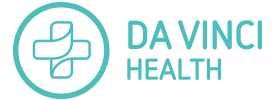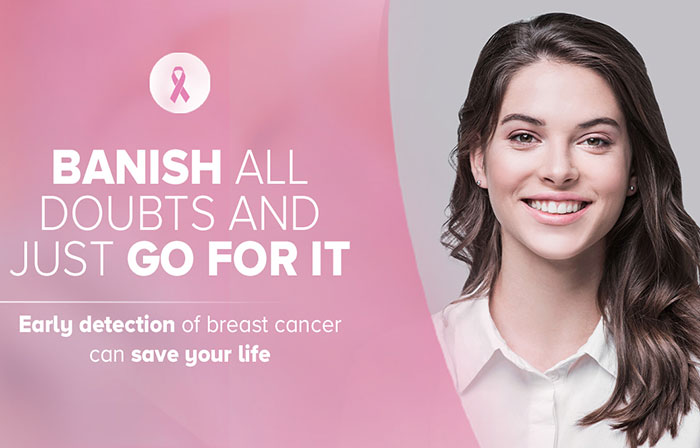Breast cancer, as many people know, is a cancer that forms in the cells of the breasts. What many people don’t know is how prevalent it is, especially among women. According to the International Agency for Research on Cancer, there were over 400 cases of breast cancer diagnosed in Malta in 2020. While this may not sound like a lot, with approximately only 120,000 females living in Malta, it’s quite a high incidence rate. Globally, breast cancer is one of the biggest killers of women, and the chance that a woman will die from breast cancer sits at about 1 in 39 or about 2.6%.
Thanks to advancements in medical technology and early detection techniques, survival rates continue to improve. The key to treating breast cancer effectively is early detection and a yearly trip to your doctor so that they can check for any irregularities in your breasts. Using technologies such as mammograms and breast tomosynthesis, doctors are able to detect breast cancer at an early enough stage to offer effective treatment. However, if left unchecked or not detected early enough, breast cancer can cause extreme loss to quality of life, pain, and even death.
The first step towards fighting breast cancer is to be knowledgeable about what it is, how to detect it, and what the consequences of ignoring it are. With that in mind, we’re going to take a look at four things you should know about breast cancer.
It’s very common
Breast cancer is extremely common among women. It’s estimated that 1 in 8 women will be diagnosed with breast cancer in their lifetime. In America, breast cancer is the most common form of cancer among women, and is the second leading cause of cancer deaths among women, with lung cancer being the first.
It’s not always a lump
While the emergence of a new lump on your breast could certainly mean that breast cancer is developing, there are also other indications. These include:
- Changes in the size or shape of your breast
- Puckering or bulging of the skin on the breast
- Skin redness, soreness, or the development of a rash
- Swelling
- Nipple discharge
Certain risk factors can increase your likelihood of getting it
While many people think that breast cancer, as with other types of cancer, is hereditary, that’s only partly true. In reality, only 12 percent of people diagnosed with breast cancer have a family history of the condition, which means that the vast major – 88% – develop the condition due to other factors. These include:
- Having received high doses of radiation to the chest
- Early-onset menstrual periods (before the age of 12)
- Having dense breasts
- Abusing alcohol for prolonged periods of time
- Having children over the age of 30 years old
- Obesity
- Having a sedentary lifestyle
- Poor diet or one that is high in processed foods
- Personal history of endometrium, ovary, or colon cancer
- Recent oral contraceptive use
- Being on hormone replacement therapy (HRT)
It can be treated if detected early
Thanks to advancements in modern medicine and technology, breast cancer can not only be detected earlier and more accurately but can also be treated more effectively or even cured once it is detected. Many women only become aware that they have breast cancer when they feel an unusual lump on their breast that wasn’t previously there. By this time, however, breast cancer might already have developed. It’s important therefore to visit your doctor for regular checkups in order to catch the cancer at its earliest possible stage and allow for the most effective treatment options. With state-of-the-art technologies such as breast tomosynthesis, 2D mammograms, breast ultrasounds, and breast MRIs, it’s possible to detect breast cancer early and nip it in the bud before it has a chance to develop.
Would you like to book an appointment and get screened for breast cancer? Call us now on 21491200 for more information.
al news on the progress of..


